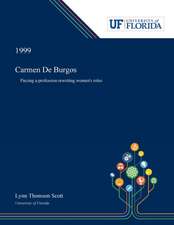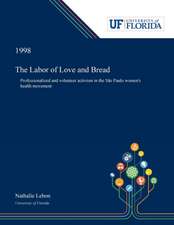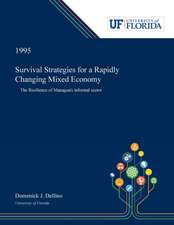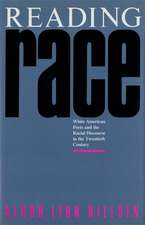Kinship and Seasonal Migration Among the Aymara of Southern Peru
Autor Jane Collinsen Limba Engleză Paperback – 31 mai 2019
| Toate formatele și edițiile | Preț | Express |
|---|---|---|
| Paperback (1) | 433.46 lei 6-8 săpt. | |
| Dissertation Discovery Company – 31 mai 2019 | 433.46 lei 6-8 săpt. | |
| Hardback (1) | 555.57 lei 6-8 săpt. | |
| Dissertation Discovery Company – 31 mai 2019 | 555.57 lei 6-8 săpt. |
Preț: 433.46 lei
Nou
Puncte Express: 650
Preț estimativ în valută:
82.94€ • 86.60$ • 68.49£
82.94€ • 86.60$ • 68.49£
Carte tipărită la comandă
Livrare economică 16-30 aprilie
Preluare comenzi: 021 569.72.76
Specificații
ISBN-13: 9780530007083
ISBN-10: 0530007088
Pagini: 362
Dimensiuni: 216 x 280 x 20 mm
Greutate: 0.91 kg
Editura: Dissertation Discovery Company
ISBN-10: 0530007088
Pagini: 362
Dimensiuni: 216 x 280 x 20 mm
Greutate: 0.91 kg
Editura: Dissertation Discovery Company


















